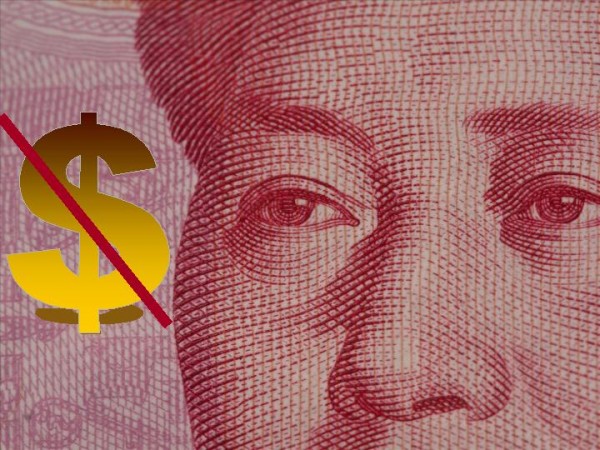 The Chinese economy was, for some time, the beacon of the world economy, posting strong growth and giving a much needed boost to demand in other countries. However, the weakening Chinese economy is now causing serious concerns around the world and not least in China itself.
The Chinese economy was, for some time, the beacon of the world economy, posting strong growth and giving a much needed boost to demand in other countries. However, the weakening Chinese economy is now causing serious concerns around the world and not least in China itself.
China’s stock market on Monday 11th January closed down 5.3%, with the Hong Kong Index down by 2.8%. These falls suggest a continuing downward trajectory this week, following the 10% decline on Chinese markets last week. Today, further falls were caused, at least in part, by uncertainty over the direction of the Chinese currency, the yuan. Volatility in the currency is expected to continue with ongoing depreciation pressures and adding to this is continuing concerns about deflation.
The barrage of bad news on key economic indicators may well mean significant intervention by Chinese authorities to try to avoid its slowest growth in 25 years. However, there are also concerns about China’s ability to manage its economic policy, given recent events. IG’s Angus Nicholson said:
“Global markets are still in the grips of China fears, and it is uncertain whether the Chinese government can do enough to reassure global investors.”
Similar sentiments were echoed by Paul Mackel, head of emerging markets FX research at HSBC:
“Different signals about foreign exchange policy have wrong-footed market participants and we are wary in believing that an immediate calmness will soon emerge.”
Perhaps key to turning this downward trend on its head, will be the Chinese consumers. With a traditionally larger saving ratio than  many Western economies, it may be that this ‘cushion’ will give growth a boost, through the contribution of consumer spending. As we know, aggregate demand comprises consumption, investment, government spending and net exports (AD = C + I + G + X – M). Consumer spending (C) increased from 50.2% in 2014 to 58.4% in 2015, according to HIS Global Insight. A similar increase for 2016 would certainly be welcome.
many Western economies, it may be that this ‘cushion’ will give growth a boost, through the contribution of consumer spending. As we know, aggregate demand comprises consumption, investment, government spending and net exports (AD = C + I + G + X – M). Consumer spending (C) increased from 50.2% in 2014 to 58.4% in 2015, according to HIS Global Insight. A similar increase for 2016 would certainly be welcome.
As oil prices continue to fall and concerns remain over China’s weak economic data, we may well soon begin to see just how interdependent the world has become. Many economists suggest that we are now closer to the start of the next recession than we are to the end of the last one and this latest turmoil on Chinese stock markets may do little to allay the fears that the world economy may once again be heading for a crash. The following articles consider the Chinese turmoil.
Free lunch: China’s weakest link Financial Times, Martin Sandbu (11/01/16)
China’s stocks start the week with sharp losses BBC News (11/01/16)
China shares fall 5% to hit-three-month low The Guardian (11/01/16)
China’s resilient shoppers face fresh test from market headwinds Bloomberg (11/01/16)
China shares head lower again on price data Sky News (11/01/16)
U.S., European shares slip as China, oil woes continue Reuters, Lewis Krauskopf (11/01/16)
U.S. stocks drop as oil tumbles again Wall Street Journal (11/01/16)
China escalates emergency stock market intervention The Telegraph, Mehreen Kahn (05/01/16)
Questions
- How are prices and values determined on the stock market?
- Share prices in China have been falling significantly since the start of 2016. Has it been caused by demand or supply-side factors? Use a demand and supply diagram to illustrate this.
- Why has the volatility of the Chinese currency added further downward pressure to Chinese stock markets?
- With the expected increase in consumer spending in China, how will this affect AD? Use a diagram to explain your answer and using this, outline what we might expect to happen to economic growth and unemployment in China.
- Why are there serious concerns about the weak level of inflation in China? Surely low prices are good for exports.
- Should the world economy be concerned if China’s economy does continue to slow?
- To what extent are oil prices an important factor in determining the future trajectory of the world economy?
 Are emerging markets about to experience a credit crunch? Slowing growth in China and other emerging market economies (EMEs) does not bode well. Nor does the prospect of rising interest rates in the USA and the resulting increase in the costs of servicing the high levels of dollar-denominated debt in many such countries.
Are emerging markets about to experience a credit crunch? Slowing growth in China and other emerging market economies (EMEs) does not bode well. Nor does the prospect of rising interest rates in the USA and the resulting increase in the costs of servicing the high levels of dollar-denominated debt in many such countries.
According to the Bank for International Settlements (BIS) (see also), the stock of dollar-denominated debt in emerging market economies has doubled since 2009 and this makes them vulnerable to tighter US monetary policy.
Weaker financial market conditions combined with an increased sensitivity to US rates may heighten the risk of negative spillovers to EMEs when US policy is normalised. …
Despite low interest rates, rising debt levels have pushed debt service ratios for households and firms above their long-run averages, particularly since 2013, signalling increased risks of financial crises in EMEs.
But there is another perspective. Many emerging economies are pursuing looser monetary policy and this, combined with tighter US monetary policy, is causing their exchange rates against the dollar to depreciate, thereby increasing their export competitiveness. At the same time, more rapid growth in the USA and some EU countries, should also help to stimulate demand for their exports.
Also, in recent years there has been a large growth in trade between emerging economies – so-called ‘South–South trade’. Exports from developing countries to other developing countries has grown from 38% of developing countries’ exports in 1995 to over 52% in 2015. With technological catch-up taking place in many of these economies and with lower labour and land costs, their prospects look bright for economic growth over the longer term.
These two different perspectives are taken in the following two articles from the Telegraph. The first looks at the BIS’s analysis of growing debt and the possibility of a credit crunch. The second, while acknowledging the current weakness of many emerging economies, looks at the prospects for improving growth over the coming years.
Articles
‘Uneasy’ market calm masks debt timebomb, BIS warns The Telegraph, Szu Ping Chan (6/12/15)
Why emerging markets will rise from gloom to boom The Telegraph, Liam Halligan (5/12/15)
Questions
- How does an improving US economy impact on emerging market economies?
- Will the impact of US monetary policy on exchange rates be adverse or advantageous for emerging market economies?
- What forms does dollar-denominated debt take in emerging economies?
- Why has south–south trade grown in recent years? Is it consistent with the law of comparative advantage?
- Why is growth likely to be higher in emerging economies than in developed economies in the coming years?
 There is a select group of countries (areas) that have something in common: the USA, the UK, Japan and the eurozone. The currency in each of these places is one of the IMF’s reserve currencies. But is China about to enter the mix?
There is a select group of countries (areas) that have something in common: the USA, the UK, Japan and the eurozone. The currency in each of these places is one of the IMF’s reserve currencies. But is China about to enter the mix?
The growth of China has been spectacular and it is now the second largest economy in the world, behind the USA. It is on the back on this growth that China has asked the IMF for the yuan to be included in the IMF’s basket of reserve currencies. The expectation is that Christine Lagarde, the IMF’s Managing Director, will announce its inclusion and, while some suggest that the yuan could become one of the major currencies in the world over the next decade following this move, others say that this is just a ‘symbolic gesture’. But that doesn’t seem to matter, according to Andrew Malcolm, Asia head of capital at Linklaters:
“The direct impact won’t be felt in the near term, not least because implementation of the new basket won’t be until Q3 2016. However the symbolic importance cannot be overlooked…By effectively endorsing the renminbi as a freely useable currency, it sends a strong signal about China’s importance in the global financial markets.”
Concerns about the yuan being included have previously focused on China’s alleged under-valuation of its currency, as a means of boosting export demand, as we discussed in What a devalued yuan means to the rest of the world. However, China has made concerted efforts for the IMF to make this move and China’s continuing financial reforms may be essential. The hope is that with the yuan on the IMF’s special list, it will boost the use of the yuan as a reserve currency for investors. It will also be a contributor to the value of the special drawing right, which is used by the IMF for pricing its emergency loans.
Although the Chinese stock market has been somewhat volatile over the summer period, leading to a devaluation of the currency, it is perhaps this move towards a more market based exchange rate that has allowed the IMF to consider this move. We wait for an announcement from the IMF and the articles below consider this story.
Chinese yuan likely to be added to IMF special basket of currencies The Guardian, Katie Allen (29/11/15)
‘Chinese yuan set for IMF reserve status BBC News (30/11/15)
IMF to make Chinese yuan reserve currency in historic move The Telegraph, James Titcomb (29/11/15)
China selloff pressure Asia stocks, yuan jumpy before IMF decision Reuters, Hideyuki Sano (30/11/15)
IMF’s yuan inclusion signals less risk taking in China Reuters, Pete Sweeney and Krista Hughes (29/11/15)
Did the yuan really pass the IMF currency test? You’ll know soon Bloomberg, Andrew Mayeda (29/11/15)
Questions
- What is meant by a reserve currency?
- Why do you think that the inclusion of the yuan on the IMF’s list of reserve currencies will boost investment in China?
- One of the reasons for the delay in the yuan’s inclusion is the alleged under-valuation of the currency. How have the Chinese authorities allegedly engineered a devaluation of the yuan? To what extent could it be described as a ‘depreciation’ rather than a ‘devaluation’?
- Look at the key tests that the yuan must pass in order to be included. Do you think it has passed them given the report produced a few months ago?
- The weighting that a currency is given in the IMF’s basket of currencies affects the interest rate paid when countries borrow from the IMF. How does this work?
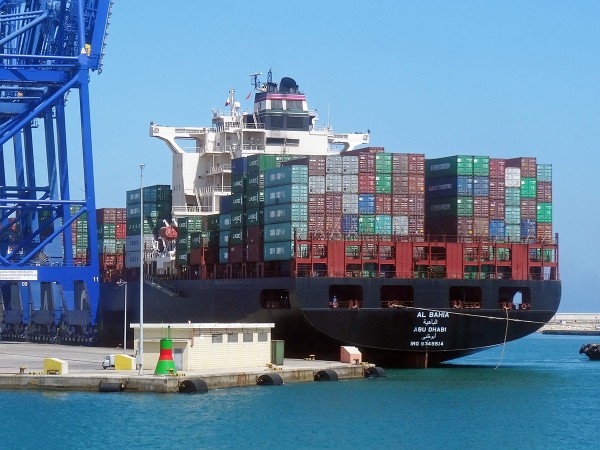 The International Monetary Fund has just published its six-monthly World Economic Outlook (WEO). The publication assesses the state of the global economy and forecasts economic growth and other indicators over the next few years. So what is this latest edition predicting?
The International Monetary Fund has just published its six-monthly World Economic Outlook (WEO). The publication assesses the state of the global economy and forecasts economic growth and other indicators over the next few years. So what is this latest edition predicting?
Well, once again the IMF had to adjust its global economic growth forecasts down from those made six months ago, which in turn were lower than those made a year ago. As Larry Elliott comments in the Guardian article linked below:
Every year, economists at the fund predict that recovery is about to move up a gear, and every year they are disappointed. The IMF has over-estimated global growth by one percentage point a year on average for the past four years.
In this latest edition, the IMF is predicting that growth in 2015 will be slightly higher in developed countries than in 2014 (2.0% compared with 1.8%), but will continue to slow for the fifth year in emerging market and developing countries (4.0% in 2015 compared with 4.6% in 2014 and 7.5% in 2010).
In an environment of declining commodity prices, reduced capital flows to emerging markets and pressure on their currencies, and increasing financial market volatility, downside risks to the outlook have risen, particularly for emerging market and developing economies.
So what is the cause of this sluggish growth in developed countries and lower growth in developing countries? Is lower long-term growth the new norm? Or is this a cyclical effect – albeit protracted – with the world economy set to resume its pre-financial-crisis growth rates eventually?
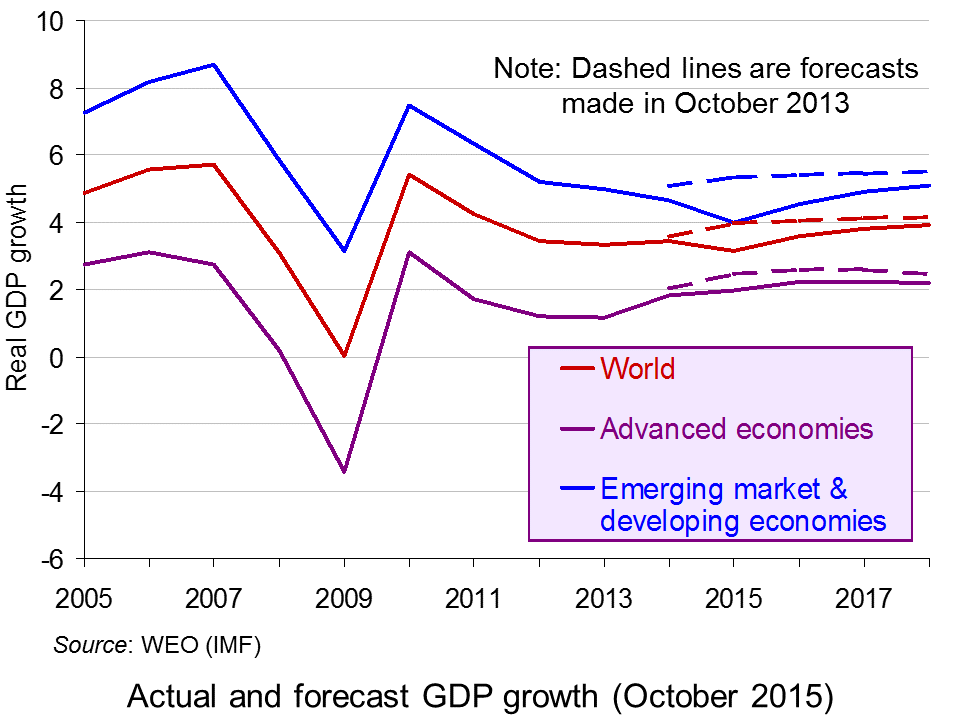 To achieve faster economic growth in the longer term, potential national output must grow more rapidly. This can be achieved by a combination of more rapid technological progress and higher investment in both physical and human capital. But in the short term, aggregate demand must expand sufficiently rapidly. Higher short-term growth will encourage higher investment, which in turn will encourage faster growth in potential national output.
To achieve faster economic growth in the longer term, potential national output must grow more rapidly. This can be achieved by a combination of more rapid technological progress and higher investment in both physical and human capital. But in the short term, aggregate demand must expand sufficiently rapidly. Higher short-term growth will encourage higher investment, which in turn will encourage faster growth in potential national output.
But aggregate demand remains subdued. Many countries are battling to cut budget deficits, and lending to the private sector is being constrained by banks still seeking to repair their balance sheets. Slowing growth in China and other emerging economies is dampening demand for raw materials and this is impacting on primary exporting countries, which are faced with lower exports and lower commodity prices.
Quantitative easing and rock bottom interest rates have helped somewhat to offset these adverse effects on aggregate demand, but as the USA and UK come closer to raising interest rates, so this could dampen global demand further and cause capital to flow from developing countries to the USA in search of higher interest rates. This will put downward pressure on developing countries’ exchange rates, which, while making their exports more competitive, will make it harder for them to finance dollar-denominated debt.
As we have seen, long-term growth depends on growth in potential output, but productivity growth has been slower since the financial crisis. As the Foreword to the report states:
The ongoing experience of slow productivity growth suggests that long-run potential output growth may have fallen broadly across economies.  Persistently low investment helps explain limited labour productivity and wage gains, although the joint productivity of all factors of production, not just labour, has also been slow. Low aggregate demand is one factor that discourages investment, as the last World Economic Outlook report showed. Slow expected potential growth itself dampens aggregate demand, further limiting investment, in a vicious circle.
Persistently low investment helps explain limited labour productivity and wage gains, although the joint productivity of all factors of production, not just labour, has also been slow. Low aggregate demand is one factor that discourages investment, as the last World Economic Outlook report showed. Slow expected potential growth itself dampens aggregate demand, further limiting investment, in a vicious circle.
But is this lower growth in potential output entirely the result of lower demand? And will the effect be permanent? Is it a form of hysteresis, with the effect persisting even when the initial causes have disappeared? Or will advances in technology, especially in the fields of robotics, nanotechnology and bioengineering, allow potential growth to resume once confidence returns?
Which brings us back to the short and medium terms. What can be done by governments to stimulate sustained recovery? The IMF proposes a focus on productive infrastructure investment, which will increase both aggregate demand and aggregate supply, and also structural reforms. At the same time, loose monetary policy should continue for some time – certainly as long as the current era of falling commodity prices, low inflation and sluggish growth in demand persists.
Articles
Uncertainty, Complex Forces Weigh on Global Growth IMF Survey Magazine (6/10/15)
A worried IMF is starting to scratch its head The Guardian, Larry Elliott (6/10/15)
Storm clouds gather over global economy as world struggles to shake off crisis The Telegraph, Szu Ping Chan (6/10/15)
Five charts that explain what’s going on in a miserable global economy right now The Telegraph, Mehreen Khan (6/10/15)
IMF warns on worst global growth since financial crisis Financial Times, Chris Giles (6/10/15)
Global economic slowdown in six steps Financial Times, Chris Giles (6/10/15)
IMF Downgrades Global Economic Outlook Again Wall Street Journal, Ian Talley (6/10/15)
WEO publications
World Economic Outlook, October 2015: Adjusting to Lower Commodity Prices IMF (6/10/15)
 Global Growth Slows Further, IMF’s latest World Economic Outlook IMF Podcast, Maurice Obstfeld (6/10/15)
Global Growth Slows Further, IMF’s latest World Economic Outlook IMF Podcast, Maurice Obstfeld (6/10/15)
Transcript of the World Economic Outlook Press Conference IMF (6/10/15)
World Economic Outlook Database IMF (October 2015 edition)
Questions
- Look at the forecasts made in the WEO October editions of 2007, 2010 and 2012 for economic growth two years ahead and compare them with the actual growth experienced. How do you explain the differences?
- Why is forecasting even two years ahead fraught with difficulties?
- What factors would cause a rise in (a) potential output; (b) potential growth?
- What is the relationship between actual and potential economic growth?
- Explain what is meant by hysteresis. Why may recessions have a permanent negative effect, not only on trend productivity levels, but on trend productivity growth?
- What are the current downside risks to the global economy?
- Why have commodity prices fallen? Who gains and who loses from lower commodity prices? Does it matter if falling commodity prices in commodity importing countries result in negative inflation?
- To what extent can exchange rate depreciation help commodity exporting countries?
- What is meant by the output gap? How have IMF estimates of the size of the output gap changed and what is the implication of this for actual and potential economic growth?
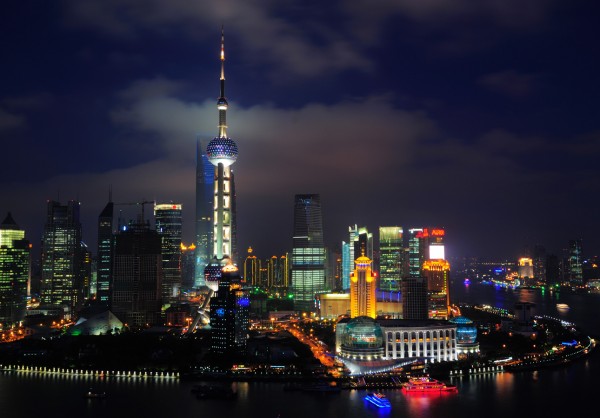 The second largest economy in the world, with a record expansion to its current economic status: China. With a phenomenal population, massive migration to the cities and incredible infrastructure development, China has fast become a key economic player, with environmental and pollution problems to match.
The second largest economy in the world, with a record expansion to its current economic status: China. With a phenomenal population, massive migration to the cities and incredible infrastructure development, China has fast become a key economic player, with environmental and pollution problems to match.
The price of China’s economic development may be too high for some people. Increases in incomes, growth and employment may be good news, but is the cost too high? Do economic growth and progress mean poor health and if so, is this a price worth paying
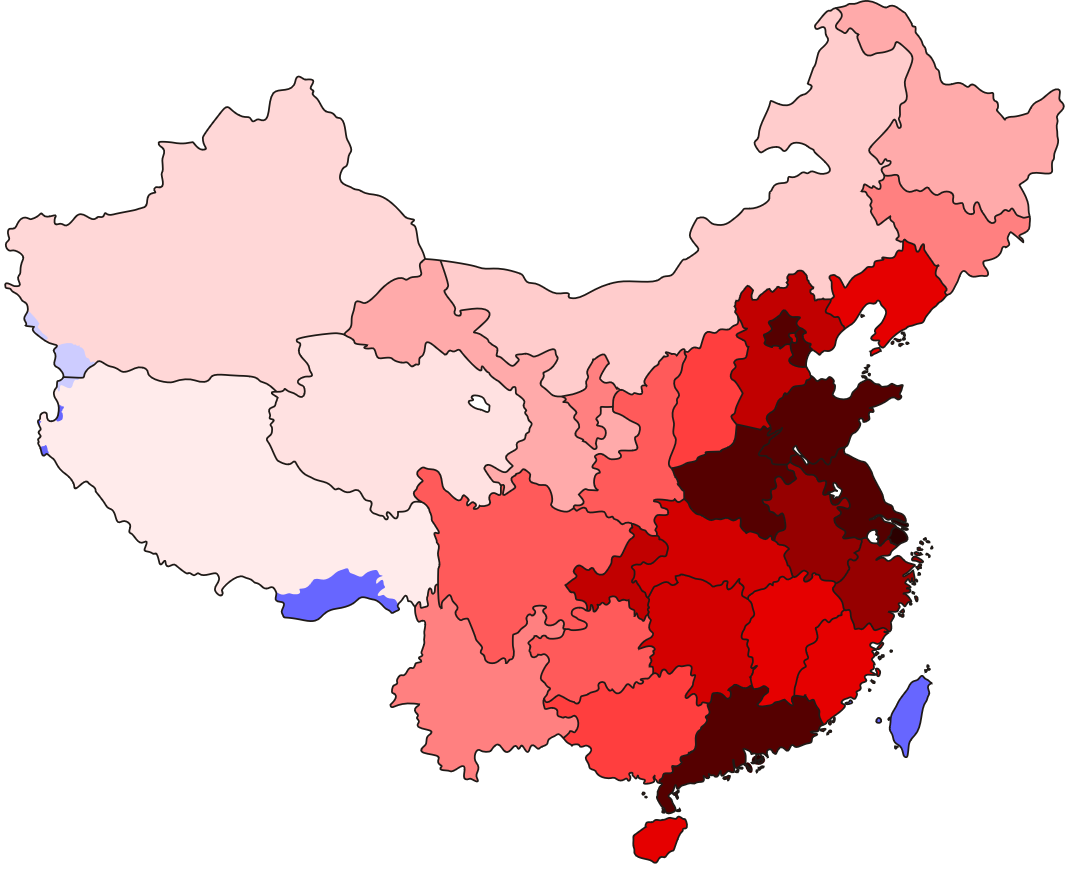 Another big topic within China is the impact on inequality. With growth accelerating in urban areas, population movement from the rural to the urban has been a common feature across China, but this has also created greater inequality. This population movement has separated families and played a role in creating barriers of access to health and education.
Another big topic within China is the impact on inequality. With growth accelerating in urban areas, population movement from the rural to the urban has been a common feature across China, but this has also created greater inequality. This population movement has separated families and played a role in creating barriers of access to health and education.
The following article from the BBC considers a range of indicators within China and you may also want to review some earlier blog postings on the Sloman News Site which analyse the Chinese economy.
Cement and pig consumption reveal China’s huge changes BBC News (21/9/15)
Questions
- What are the key drivers of China’s development?
- What are the costs and benefits of rural-urban migration?
- To what extent do you think there may be a trade-off between quality and quantity when it comes to infrastructure projects? Or is Chinese labour simply more efficient relative to countries such as the UK?
- How should we measure economic development? If access to education and health care is limited in the more rural areas, but widely available in the larger cities, does this suggest a country that is developing?
- What are the main externalities that China must tackle? Are they domestic issues or global ones? What about the solutions?
- If a key driver of Chinese growth and development is government investment in infrastructure projects, is this true and sustainable growth or do you think it might slowly disappear if the government doesn’t continue to invest?
- Do you think the relative success of China can be replicated in other emerging nations and in particular in nations within Africa?
 The Chinese economy was, for some time, the beacon of the world economy, posting strong growth and giving a much needed boost to demand in other countries. However, the weakening Chinese economy is now causing serious concerns around the world and not least in China itself.
The Chinese economy was, for some time, the beacon of the world economy, posting strong growth and giving a much needed boost to demand in other countries. However, the weakening Chinese economy is now causing serious concerns around the world and not least in China itself. many Western economies, it may be that this ‘cushion’ will give growth a boost, through the contribution of consumer spending. As we know, aggregate demand comprises consumption, investment, government spending and net exports (AD = C + I + G + X – M). Consumer spending (C) increased from 50.2% in 2014 to 58.4% in 2015, according to HIS Global Insight. A similar increase for 2016 would certainly be welcome.
many Western economies, it may be that this ‘cushion’ will give growth a boost, through the contribution of consumer spending. As we know, aggregate demand comprises consumption, investment, government spending and net exports (AD = C + I + G + X – M). Consumer spending (C) increased from 50.2% in 2014 to 58.4% in 2015, according to HIS Global Insight. A similar increase for 2016 would certainly be welcome.





